Hungary and Slovak Republic cooperate on transboundary Ramsar site


Parts of the Tisza River named for the Ramsar List
At the opening session of the 5th Ramsar European Meeting in Yerevan, 4 December 2004, representatives of Hungary and the Slovak Republic will announce their joint designation of portions of the Tisza (Tisa) River as a transboundary Ramsar Wetland of International Importance. The Tisza is the largest tributary of the Danube, with a catchment area 1.5 times bigger than the area of Hungary, and the upper reaches of the river are 400 kilometers long and pass through four countries.
Collaboration goes back at least to 1999, when a Ramsar Small Grants Fund (SGF) project, "Establishing a Transboundary Ramsar Wetland Area in the Upper Tisza Region", was carried out by a cooperative effort of Hungarian, Romanian, Slovakian, and Ukrainian NGOs - they studied the ecological conditions, water quality and natural values of the region and compiled a preliminary proposal for Ramsar site designations which was submitted to the Administrative Authorities of these countries.
Following the disastrous heavy-metals spills in January 2000, the momentum for international collaboration with the aim of protecting the area and preventing future ecological disasters increased, and in November 2003 the Ramsar Administrative Authorities in the governments of Hungary and the Slovak Republic jointly informed the Secretariat of their nomination of their parts of the river and floodplain, writing (in the words of Hungarian Deputy State Secretary László Haraszthy): "The nomination of Felsö-Tisza as a new transboundary wetland of international importance is in the framework of joint action in the Upper Tisza region. It is a bilateral Ramsar Site proposal prepared together with Slovakia. We hope that this effective and fruitful cooperation between Slovakia and Hungary in the field of nature conservation will be appreciated by the international community". (It is understood that Ukraine plans to take further steps for the designation of its part of the Tisa wetland after the achievement of the designation of the nearby Prytysyanskyi Regional Landscape Park.)
Designation paperwork now completed, the Felsö-Tisza (Upper Tisza) site in Hungary and Tisa River site in the Slovak Republic have been added to the List of Wetlands of International Importance with effective date 4 December 2004. Ramsar's Assistant Advisor for Europe, Estelle Gironnet, has prepared brief site descriptions based upon the datasheets submitted by the Parties, and the photographs that follow have been contributed by the nominating authorities. A second new Hungarian designation, Csongrád-Bokrosi Sós-tó, is described separately.
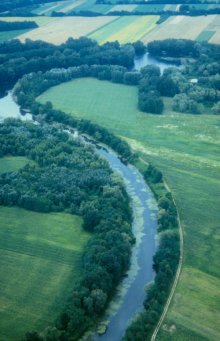 Hungary's "Felsö-Tisza (Upper Tisza)" (22,311 hectares, 48°39'N, 022°12'E) is a Nature Reserve and Landscape Protection Area which covers the entire active floodplain along a 215 km section of the river Tisza in northeastern Hungary, adjacent to the Bodrogzug Ramsar site; it meets the Ukrainian and Slovakian borders to the east and north, and the catchment is also shared with Romania. Felsö-Tisza is a typical floodplain with dikes constructed in the late 19th-early 20th centuries. The natural and near-natural habitats consist of large patches of softwood (Salicetum albae-fragilis) and hardwood riverside forests (Querco-Ulmetum), oxbow lakes, filled-in meanders with rich natural flora and fauna, extensively managed or abandoned orchards and plough-lands. The site supports many vulnerable animal species such as Corn crake, Common otter, Danube salmon, Zingel, Sterlet, and Russian sturgeon and is an important migration route notably for the fish Nase (Chondrostoma nasus), Barbel (Barbus barbus), and Sterlet (Acipenser ruthenus). The oxbows perform important ecological functions such as spawning, rearing, feeding, resting and staging, aquifer recharge, aquatic species "banks", and habitat connectivity. Dry periods in recent years have led to eutrophication and decreased habitat extent. Tourism, fishing, and intensification of forestry are adversely affecting the ecological character. A special program identifying the most important sites along the river has been implemented. A transboundary Ramsar site designated in conjunction with "Tisa River" in the Slovak Republic. Ramsar site no. 1410.
Hungary's "Felsö-Tisza (Upper Tisza)" (22,311 hectares, 48°39'N, 022°12'E) is a Nature Reserve and Landscape Protection Area which covers the entire active floodplain along a 215 km section of the river Tisza in northeastern Hungary, adjacent to the Bodrogzug Ramsar site; it meets the Ukrainian and Slovakian borders to the east and north, and the catchment is also shared with Romania. Felsö-Tisza is a typical floodplain with dikes constructed in the late 19th-early 20th centuries. The natural and near-natural habitats consist of large patches of softwood (Salicetum albae-fragilis) and hardwood riverside forests (Querco-Ulmetum), oxbow lakes, filled-in meanders with rich natural flora and fauna, extensively managed or abandoned orchards and plough-lands. The site supports many vulnerable animal species such as Corn crake, Common otter, Danube salmon, Zingel, Sterlet, and Russian sturgeon and is an important migration route notably for the fish Nase (Chondrostoma nasus), Barbel (Barbus barbus), and Sterlet (Acipenser ruthenus). The oxbows perform important ecological functions such as spawning, rearing, feeding, resting and staging, aquifer recharge, aquatic species "banks", and habitat connectivity. Dry periods in recent years have led to eutrophication and decreased habitat extent. Tourism, fishing, and intensification of forestry are adversely affecting the ecological character. A special program identifying the most important sites along the river has been implemented. A transboundary Ramsar site designated in conjunction with "Tisa River" in the Slovak Republic. Ramsar site no. 1410.
The Slovak Republic's "Tisa River" (735 hectares, 48º23´N 022º07´E) in southeastern Slovakia includes a 6 kilometer section of the Tisa River and its floodplain contiguous with portions of the river in Hungary and Ukraine. The site includes floodplain forests and shrubs, an oxbow lake and grasslands. It is part of a larger wetland important for the recharge of aquifers in the Tisa River basin, natural control of flooding and self-purification processes, as well as for maintaining biological diversity. It supports species vulnerable at international level such as the Corn crake (Crex crex), Geoffroy's bat (Myotis emarginatus) and the Sterlet (Acipenser ruthenus). The upper part of the designated section has natural river bed, but the lower part was changed by human interferences in the 1880s. Within the site, human activities include regulated recreation and tourism, hunting, pasture and extensive agriculture. There is high eutrophication in the oxbow as a result of pollution from nearby intensive agricultural practices. The site was also used for fishing before February 2000 when several heavy metals pollution spills originating in Romanian mines caused damage in river ecology. A transboundary Ramsar site designated in conjunction with "Felsö-Tisza (Upper Tisza)" in Hungary. Ramsar site no. 1411.
Photographs
Felsö-Tisza (Upper Tisza)
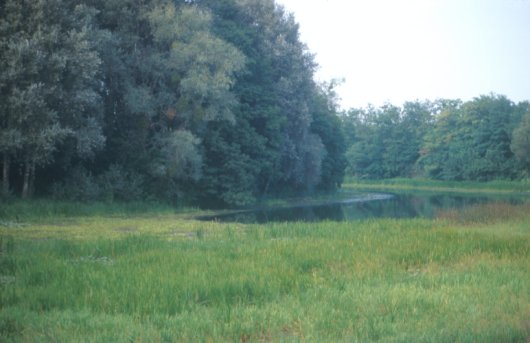
Oxbow lakes in the Felsö-Tisza Ramsar site (Boroszló-Kerti-Holt-Tisza). Oxbow photos by Olajos Péter.
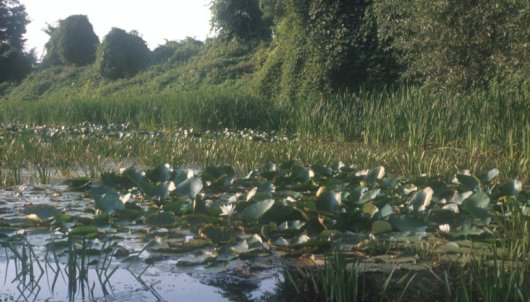
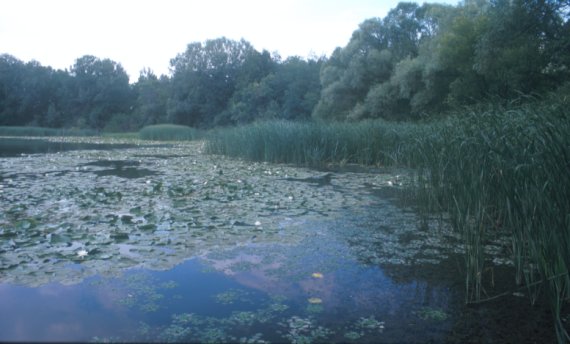
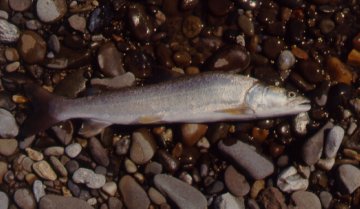 | 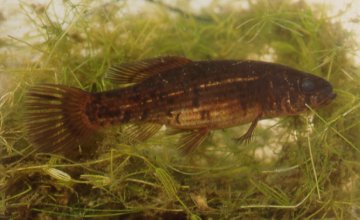 |
| The Danube Salmon Hucho hucho is an endemic fish species to the Tisza river catchment (Photo: Csaba Csikai) | The European Mud-minnow Umbra krameri is an endemic subspecies to the Pannonic biogeographic region (Photo: Csaba Csikai) |
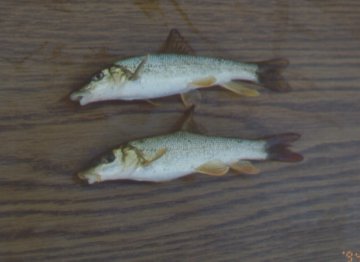 | 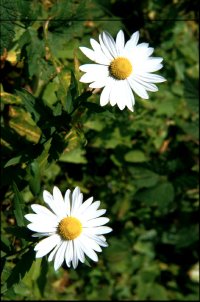 |
| Barbel Barbus barbus (below) and the endemic Southern Barbel B. meridionalis petényi (above) (Photo: Csaba Csikai) | Leucanthemum serotinum, a protected species common in floodplain habitats (Photo: Olajos Péter) |
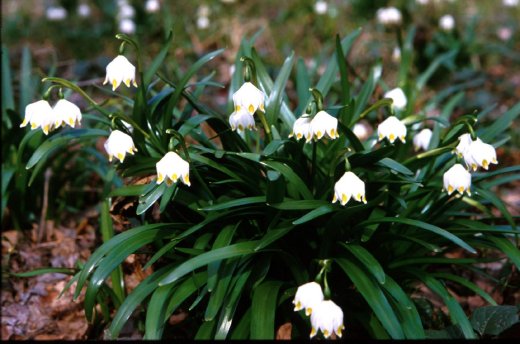
Summer Snowflake Leucojum aestivum is a protected species of floodplains along river Tisza (Photo: Olajos Péter)
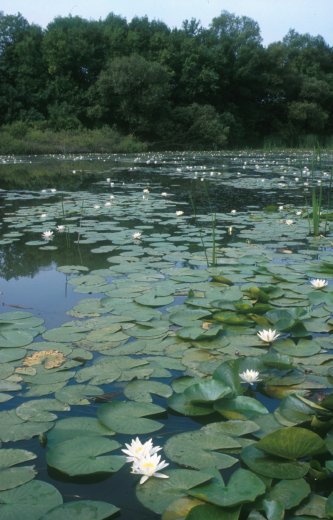 | 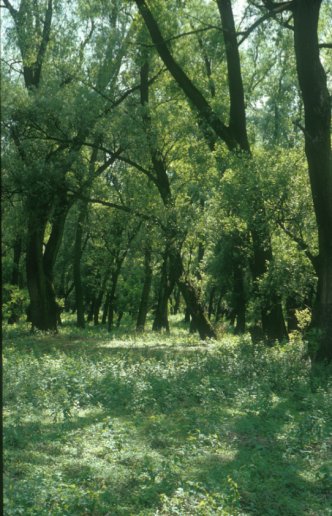 |
| Oxbow lake with White Water Lily (Photo: Lesku Balázs) | Soft wood forest (Photo: Lesku Balázs) |
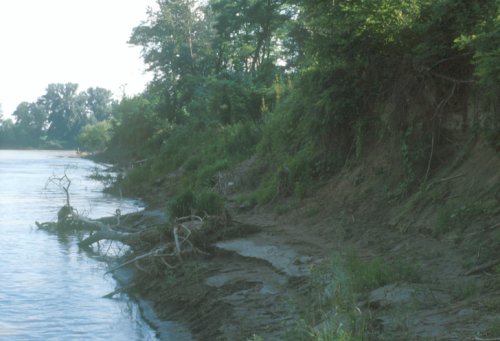
Sand cliff on the river Tisza (Photo: Olajos Péter)
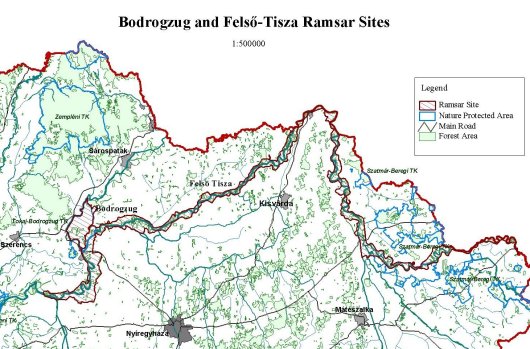
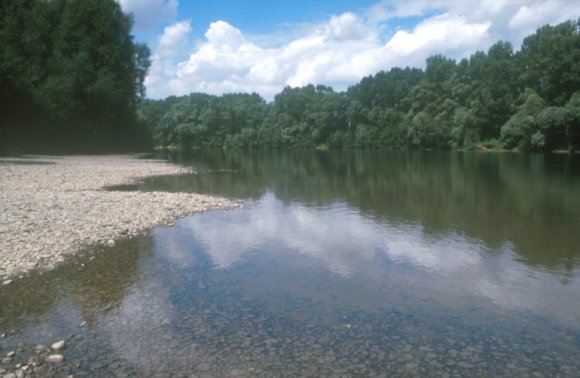
Gravel shoal on the river Tisza (Photo: Olajos Péter)
"Tisa River"
Photos by Adriana Klindova
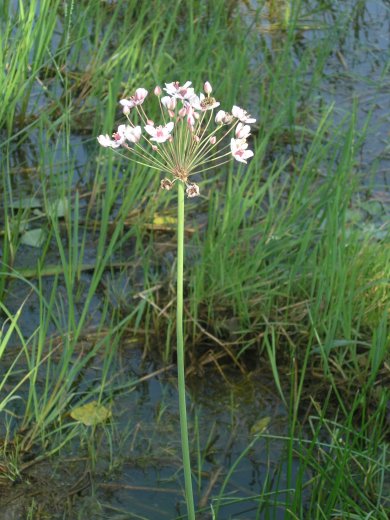
Butomus umbellatus, a vulnerable wetland plant
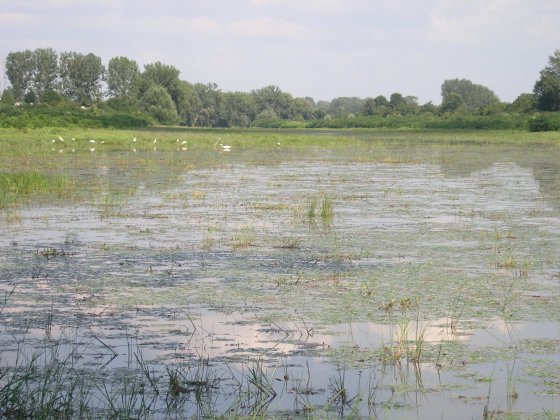
Stara Tisa oxbow, with spoonbills, grey heron, egret
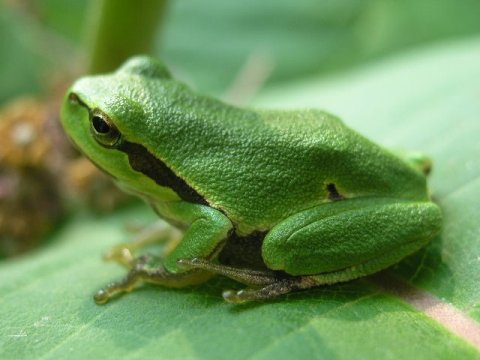
Hyla arborea